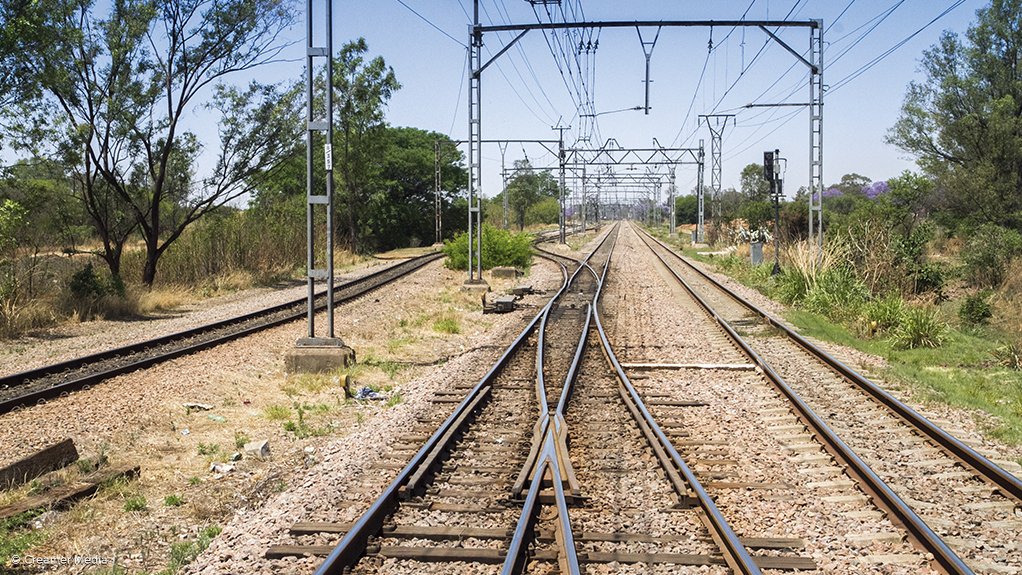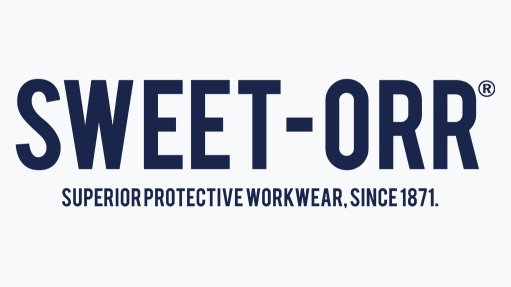President addresses need for efficient rail and ports network


ON TRACK In order for South Africa to compete globally its rail and port infrastructure needs to be addressed
South Africa’s ability to compete in global markets depends on the efficiency of its ports and rail network, President Cyril Ramaphosa said in his State of the Nation address held in Cape Town last month.
He suggested that key infrastructure projects currently underway, including establishing Durban as a hub port for the southern hemisphere and developing Port Ngqura as the container terminal of choice, were paramount.
He also mentioned the rail corridor from Gauteng to Port Elizabeth in the Eastern Cape which was being extended to enable the export of vehicles through the Ngqura port harbour.
Ramaphosa highlighted that these projects were crucial steps to move freight from road to rail and increase the competitiveness of the rail system.
Notably the Gauteng – Eastern Cape High Capacity Rail Freight Corridor is being spearheaded by automotive manufacturer Ford in partnership with all three spheres of government and State-owned freight rail company Transnet Freight Rail (TFR).
Ford International Markets Group operations director Andrea Cavallaro describes the project as “an exciting and important project”.
Engineering News reported last month that the Gauteng – Eastern Cape High Capacity Rail Freight Corridor will channel the majority of Ford’s inbound and outbound logistics through Port Elizabeth to support the Silverton plant’s higher production volumes.
This is envisaged as a full-service line linking the Silverton plant and the Tshwane Automotive Special Economic Zone with Port Elizabeth, which is home to Ford’s Struandale engine plant and the Coega Special Economic Zone.
“One of the other key benefits the corridor will deliver is from a quality perspective,” adds Ford Motor Company South Africa MD Neale Hill.
He explains that operating from Port Elizabeth will reduce the amount of vehicle handling.
The company would be able to deliver vehicles directly to the dock side, as opposed to operations in Durban, where it takes about three movements before a vehicle is loaded onto a vessel.
Hill adds that the corridor is a serious ask from Ford to government to significantly improve logistics in South Africa.
“Having to rely heavily on road infrastructure to move vehicles is just inefficient. It means we are actually not world-class when we are competing with other countries.”
Already in Motion
TFR had already announced the implementation of six operational corridors in August, one of which is the Gauteng – Eastern Cape High Capacity Rail Freight Corridor, each with their own localised decision-making structures at operational level.
The corridors include North Corridor, to be based in Richards Bay, the Natal Corridor, to be based in Durban, the North-East Corridor, to be based in Nelspruit and the Central Corridor, to be based in Pretoria.
Two further corridors include Cape Corridor 1, to be based in Saldanha and the Cape Corridor 2 which will be based in Port Elizabeth.
“This will ensure higher levels of operating efficiency, a more dynamic approach to costs and pricing and greater customer satisfaction,” says TFR CEO Sizakele Mzimela.
She explains that the model will have decentralised key responsibilities to ensure a more responsive rail freight network that is better equipped to service the South African economy.
She adds that TFR’s new operational structure is geared to move the company away from a multi-layered organisation towards a flat structure that delivers operational efficiency.
“The previous structure was cumbersome and top-heavy, at a time when we need increased technical capacity dedicated to operations and customer service,” she concludes .
Article Enquiry
Email Article
Save Article
Feedback
To advertise email advertising@creamermedia.co.za or click here
Comments
Announcements
What's On
Subscribe to improve your user experience...
Option 1 (equivalent of R125 a month):
Receive a weekly copy of Creamer Media's Engineering News & Mining Weekly magazine
(print copy for those in South Africa and e-magazine for those outside of South Africa)
Receive daily email newsletters
Access to full search results
Access archive of magazine back copies
Access to Projects in Progress
Access to ONE Research Report of your choice in PDF format
Option 2 (equivalent of R375 a month):
All benefits from Option 1
PLUS
Access to Creamer Media's Research Channel Africa for ALL Research Reports, in PDF format, on various industrial and mining sectors
including Electricity; Water; Energy Transition; Hydrogen; Roads, Rail and Ports; Coal; Gold; Platinum; Battery Metals; etc.
Already a subscriber?
Forgotten your password?
Receive weekly copy of Creamer Media's Engineering News & Mining Weekly magazine (print copy for those in South Africa and e-magazine for those outside of South Africa)
➕
Recieve daily email newsletters
➕
Access to full search results
➕
Access archive of magazine back copies
➕
Access to Projects in Progress
➕
Access to ONE Research Report of your choice in PDF format
RESEARCH CHANNEL AFRICA
R4500 (equivalent of R375 a month)
SUBSCRIBEAll benefits from Option 1
➕
Access to Creamer Media's Research Channel Africa for ALL Research Reports on various industrial and mining sectors, in PDF format, including on:
Electricity
➕
Water
➕
Energy Transition
➕
Hydrogen
➕
Roads, Rail and Ports
➕
Coal
➕
Gold
➕
Platinum
➕
Battery Metals
➕
etc.
Receive all benefits from Option 1 or Option 2 delivered to numerous people at your company
➕
Multiple User names and Passwords for simultaneous log-ins
➕
Intranet integration access to all in your organisation















